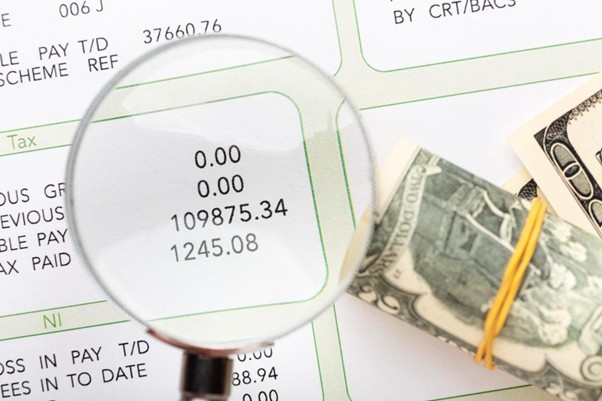Let’s talk about Blue Water Acquisition Corp. III, a small-cap blank check company that’s quietly gearing up for its next big move.
If you’re not already tuned in, it’s time to grab a seat, because this SPAC just hit a key milestone that could make it one to watch in 2025.
The Split Is On
Starting July 31, folks who bought into Blue Water’s IPO (yes, that thing from earlier this summer) will finally be able to separately trade their Class A shares (BLUW) and warrants (BLUWW).
Until now, these were bundled together in something called a “unit” under the ticker BLUWU. Think of it like a Happy Meal; you had to get the toy and the burger together. But now, you can trade each piece on its own.
Why’s that a big deal? Because when a SPAC splits its units, it’s usually a signal that it’s getting closer to locking in a merger deal.
When that happens, share prices can go either way, but volatility means opportunity if you’re paying attention.
Additionally, it is worth noting that no fractional warrants will be issued. So if you don’t have full units, don’t expect extra crumbs.
What’s Even Blue Water III?
Blue Water III is what the cool finance kids call a SPAC, aka, a blank check company. It doesn’t make anything or sell a product. Instead, it raises money from investors with the sole purpose of buying or merging with another business.
It’s like crowdfunding for a future company, except on Nasdaq.
Now, Blue Water’s team says they’re hunting for something big, AI, biotech, healthcare, or tech. So yeah, pretty much where all the market hype lives right now.
With $1.5 billion+ already raised across three Blue Water SPACs, the team clearly has some big targets in mind.
Make This SPAC News Work
If you’re the kind of person who likes getting in early, this could be your chance. Now that the shares and warrants will trade on their own, keep an eye out for price changes, talks about possible merger targets, and updates filed with the SEC.
Also, keep in mind that SPACs can be risky; they don’t always find a good deal, and not every merger pumps, but when it works, early holders can see major upside.



